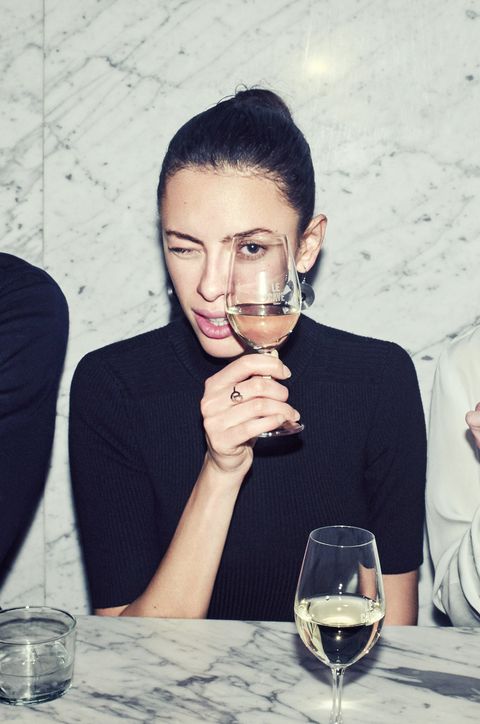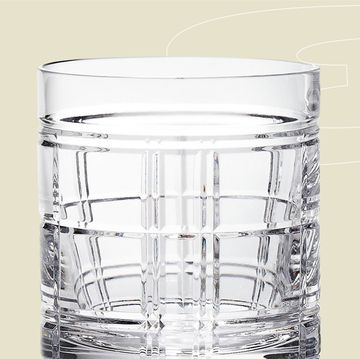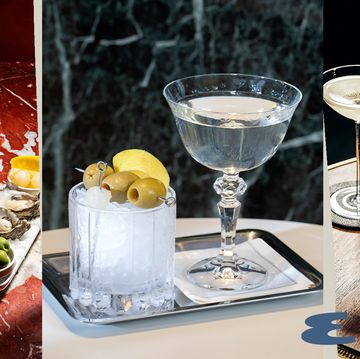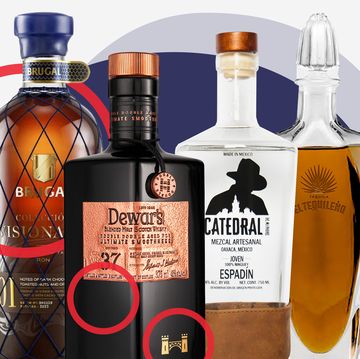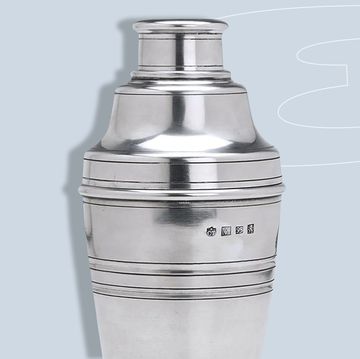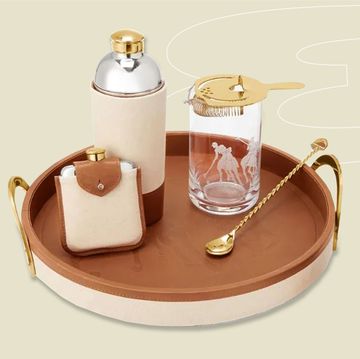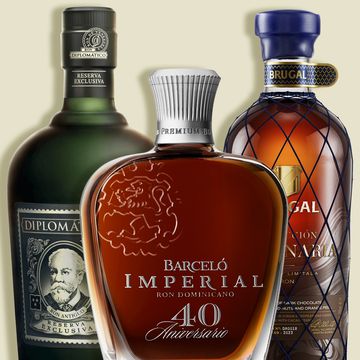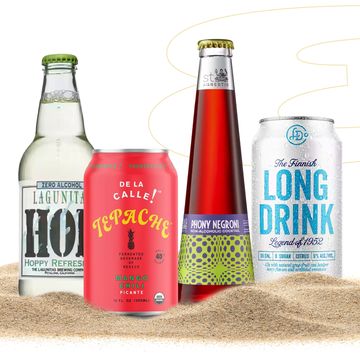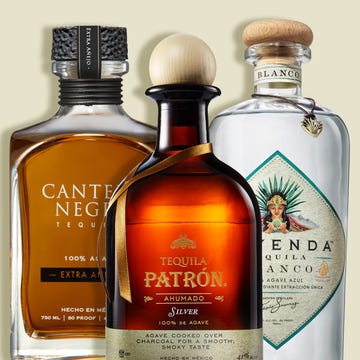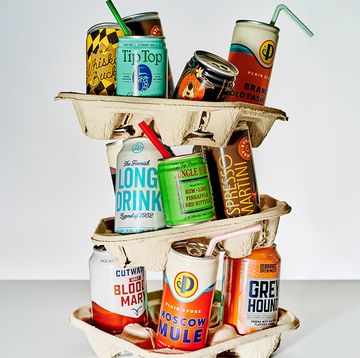You can feel it. The resistance is afoot. After years on the margins, the true believers have grown in number and have planted their flags in the soil. Dismissed no more, the rebel forces have conquered entire regions of Europe. Most of Copenhagen and several arrondissements of Paris were liberated long ago, and if you listen attentively while you linger at certain bars in New York and the Bay Area, your ears might just pick up maxims from the movement's manifesto. Should you express an interest in joining, the first thing you are likely to hear is this: "What took you so long?" There are idealists, and skeptics, and those stuck on the fence. As everyone knows, we are living through a politically charged moment.
We speak, of course, of natural wines.
If the very idea of natural wines is new to you, well, cut yourself some slack. Fascination with these beverages upticked on American shores during the second half of the Obama administration. Drinkers in the United States still have a lot of catching up to do, and those who have been converted usually talk about having seen the light somewhere in Europe. "I kind of gravitated toward these wines because they were lighter, fresher, earthier—without knowing how they were made," says Jorge Riera, the wine director (and captivating raconteur des vins) at Contra and Wildair in New York. "They opened up a new level in my palate, in my mind. Then I went to Europe and my mind went sideways." By now, Riera has been thoroughly radicalized. "I'll never drink conventional wines," he says. "No. My palate has changed so dramatically."
So how are the wines made? The word you hear most often is noninterventionist. In their ideal form, these are wines that come to pass without human beings doing much of anything to control how they turn out. Little to no sulfur is thrown in to halt the fermentation of the grape juice at the desired moment. No yeast or sugar is scattered around to manipulate the flavor or the alcohol content. Food coloring hasn't been used to give the wine the right eggplantish hue; proteins from fish bladders have not been unleashed to prune out the sediment. (Yes, additives like those may actually appear in the wines you guzzle after work.)
For those accustomed to the power and precision of all that Robert Parker–approved big-ticket Bordeaux and Gaja Barbaresco, sipping from the natural vat can cause disorientation. It's a bit like being raised on the pumped-up Hollywood blockbusters of the eighties and early nineties and then suddenly being exposed to indie films. It takes a while to adjust from Die Hard to Slacker in a bottle. And yeah, sometimes the wine (like the Sundance sensation) doesn't quite come together. "Just because someone tells you it's natural doesn't mean it's drinkable," says Thomas Carter, the wine sage who's an owner of New York restaurants Estela, Café Altro Paradiso, and Flora Bar. "I've had countless great experiences with natural wine—but also an equal amount of disappointment."
Zak Pelaccio, the wine-obsessed chef at Fish & Game in Hudson, New York, puts it this way: "How I understand natural wine, when I discuss it with friends, is as a farmed product. Most of these folks would prefer to be called farmers before winemakers." What transforms the fruit is the free-roaming yeast that blooms unprompted in the presence of sugars—on the grapes, on the leaves, on the stems, on the walls of the cellar. You want terroir? This is terroir to the nth power: The land makes the wine that tastes like the land. If you imagine an ancient Roman sybarite mashing up fruit and letting it ferment in some old amphora, you're not that far off from the beau ideal. (Although it's not that simple.)
But how do they taste? That answer's not so simple, either. It's easy to describe natural wines as "funky," and it's true that every now and then you will sip one and wonder, "Is this kombucha?" Forfeiting control in the barrel means you can't always predict what you're going to get in the glass.
But there are plenty of natural wines of delicacy and drinkability. "I'm looking for the energy," John Sonnichsen told me at Brutus, his natural-wine bar in Oslo. He's onto something with that. As Sonnichsen poured me a glass of Remi Poujol's Le Temps Fait Tout (a blend of ugni blanc and clairette grapes) and La Sorga's Ah! Ramon! (a blend dominated by the aramon grape—get it?), what struck me was the presence of life humming through these bottles from the Languedoc. I felt the same way two days later at Aux Deux Amis, where the owner, David Vincent-Loyola—a man with enough party-down charisma to oversee a Parisian outpost of Señor Frog's—sliced off a glob of fresh mozzarella, baptized it with olive oil, and shoved it into my mouth with his bare hands. "Go! Go! Go! Go! Go!" he said.
There is a vibrancy in these wines that is reflected in the places that serve them. They represent a Very Old Thing and the Cool New Thing at the same time. "Why do we like it?" Zak Pelaccio asks, and then answers: "Well, because we all need something new to break with previous generations; otherwise we can just let the fluorescent lights of the factory floor hum." Weary of what's generic and safe? #Resist.
It's a spirit that's catching on in the States—at Alimento in Los Angeles and Ordinaire in Oakland and the Four Horsemen in Brooklyn, at Bad Hunter in Chicago and the Ten Bells, Ruffian, Racines NY, Rouge Tomate, Wildair, and even Ichimura sushi in New York—although it remains to be seen whether Americans will ever warm up en masse to wines that challenge you with an imperfect, unusual, more-Charlotte-Gainsbourg-than-Kate-Upton beauty.
In the end, it comes down to how you feel about wildness itself. I happen to be a fan. "Drinking this way is probably better," I muttered while standing at the bar at Aux Deux Amis.
The French woman standing next to me raised her glass and rolled her eyes. "Of course it's better," she said.
This article originally appears in the May '17 issue.

